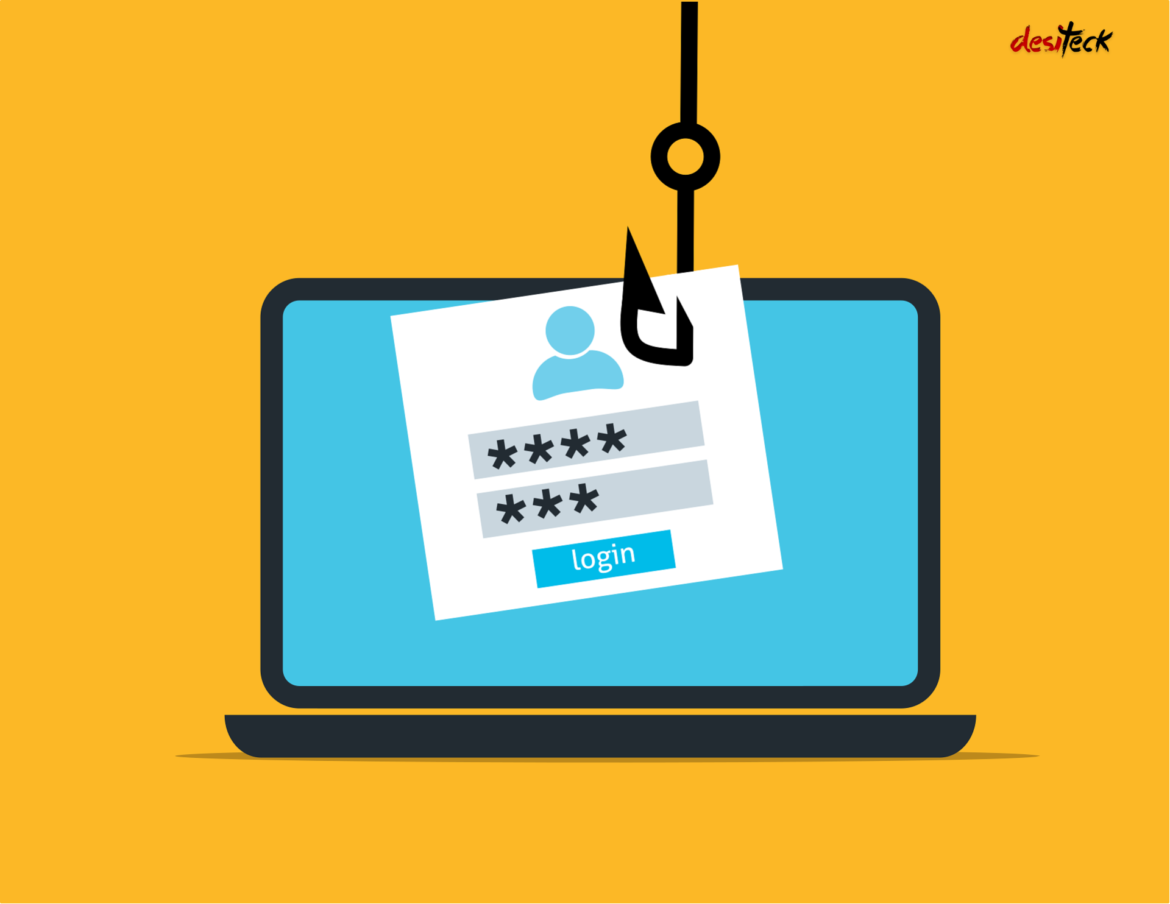Table of Contents
Introduction
Phishing attack is one of the most frequent and misleading hazards that people and organisations encounter. In this post, we will examine what phishing is, how it operates, and, most importantly, how you may guard against becoming a victim of these nefarious attempts.
What is Phishing attack?
Phishing attack is a type of cyberattack where criminals use deception to get people to divulge sensitive information like login passwords, credit card information, or personal information. In order to trick unwary consumers, these attackers frequently pose as reliable businesses like banks, well-known websites, or reputable organisations.

How Does Phishing Work?
Phishing attack often involve the following steps:
- Attackers typically imitate respected sources’ logos, branding, and vocabulary when sending fake emails, texts, or instant messages that appear authentic.
- Phishing messages frequently employ urgency or fear-based tactics to get recipients to act right away without carefully considering the request.
- Spoofed Websites: Attackers construct fake websites that closely mimic real ones in order to fool users into providing sensitive data.
- Information harvesting: After a user accepts the bait, the attackers gather and use their private information for financial gain, identity theft, or other nefarious purposes.
Protecting Yourself from Phishing Attack:
- Stay alert: Be wary of unsolicited emails, messages, or phone calls asking for personal information. Check the sender’s address carefully, look for spelling and grammar mistakes, and be suspicious of any urgent or unusual requests.
- Look up the source: Check the request’s validity independently before supplying any important information. Use the organisation’s official contact details to get in touch with them directly, rather than relying on the information in the dubious communication.
- Watch out for links and attachments. Steer clear of clicking on links or downloading files from unreliable sources. Check links’ destination URLs by hovering over them, and if in doubt, manually enter the website address into your browser.
- Keep Software Updated: To guarantee you have the most recent security fixes and reduce vulnerabilities that attackers could exploit, you should routinely update your operating system, web browsers, and antivirus software.
- Two-factor authentication (2FA) should be used. Turn on 2FA whenever you can. By requiring a second form of verification in addition to your password, such as a special code texted to your mobile device, this offers an additional layer of protection.
- Learn for yourself: Know the most recent phishing tricks and typical warning signs. In order to raise awareness about phishing among staff members and the broader public, organisations frequently offer materials and training.
- Report and block: If you encounter a phishing effort, notify the relevant authorities or the IT department at your company. To further help stop future assaults, block and mark questionable emails as spam.
Responding to Phishing Attacks
Immediate Actions to Take:
- Don’t provide personal information: Avoid sharing sensitive data like passwords or credit card details.
- Don’t click on links or download attachments: Suspicious links and attachments may contain malware.
- Report the phishing attempt: Notify the organization being impersonated to help prevent others from falling victim.
Securing Compromised Accounts:
- Change passwords immediately: Create strong and unique passwords for affected accounts.
- Enable multi-factor authentication (MFA): Add an extra layer of security to your accounts.
- Monitor your accounts: Keep an eye on financial statements and credit reports for any unauthorized activity.
Educating Others and Spreading Awareness:
- Report the phishing attempt: Inform relevant authorities to help track down criminals.
- Share your experiences: Warn friends and family about phishing techniques to protect them from similar scams.
Conclusion:
Phishing attack still pose a serious hazard to both people and organisations. You may drastically lower your chance of falling for these scams by being aware of how phishing operates and taking proactive steps to protect yourself. To protect your personal information and internet security, be watchful, check the source of requests, and use secure practises. Remember that the fight against phishing relies heavily on knowledge and awareness.



